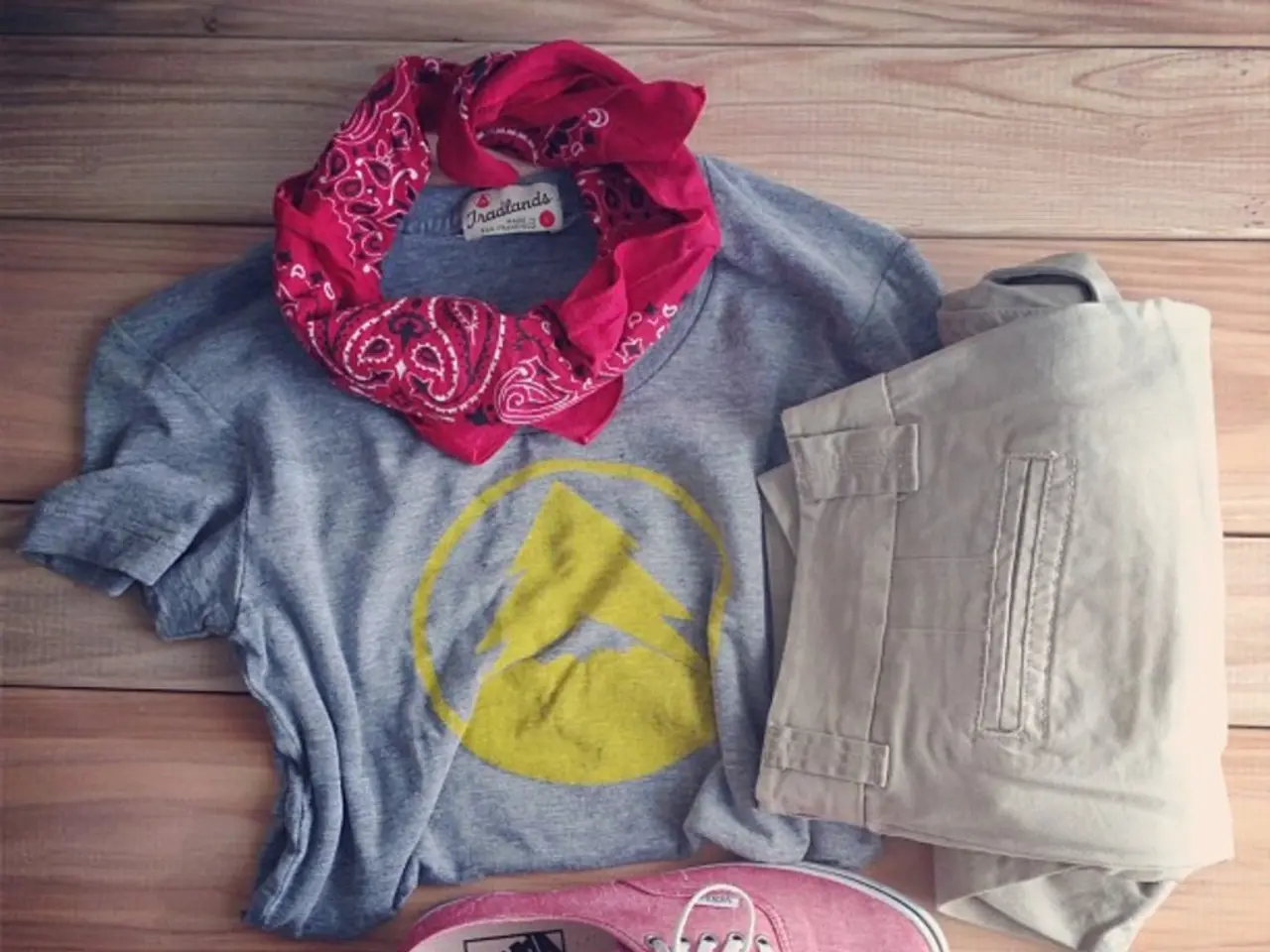Instructions for Installation of Custom Wall Paneling
Estimating Materials for a DIY Wainscoting Project
Are you ready to take on a new home improvement project? A wainscoting project can add a touch of elegance and sophistication to any room. Here's a step-by-step guide on how to estimate materials for your DIY wainscoting project, especially for rooms with a 9-foot ceiling.
Measuring the Wall Surface Area
First, determine the wall surface area to be covered. This involves considering the height of your wainscot paneling, which is usually between 32 to 42 inches. Next, calculate the linear feet of wall for the room’s perimeter.
Key Steps
- Measure the room's perimeter by summing the lengths of all walls where the wainscoting will be installed.
- Decide on the wainscot height (often 32" to 42" for standard ceilings, but you can customize). For a 9-foot ceiling, typical wainscot height might be around 3.5 to 4 feet.
- Calculate the total square footage: Multiply perimeter (in feet) by chosen wainscot height (in feet).
- Add extra material (about 10-15%) for waste and mistakes.
- Select your materials (e.g., pine boards, MDF panels, molding, chair rails) and based on the area, calculate board feet or panel numbers accordingly.
Estimating Materials
Because most wainscoting is framed in vertical sections with horizontal rails and a chair rail on top, you'll want to estimate:
- The number of vertical panels or boards
- Length of baseboards and chair rails (equal to the room perimeter)
- Molding or trim details
For example, if your room perimeter is 40 feet and you choose a 42-inch (3.5 feet) wainscot height:
- Wall area = 40 ft × 3.5 ft = 140 sq ft
- Add ~15% waste: 140 × 1.15 = 161 sq ft to cover
Then order enough panels or boards to cover 161 sq ft.
Additional Tips
For a 9-foot ceiling, using 6" boards for top framing and 4" boards for vertical stiles is suggested. Additionally, adding chair rail molding on top can help finish the look.
Materials Needed
Typical materials include:
- Panels or boards for wainscot face
- Baseboards for the bottom trim
- Chair rail molding on top
- Adhesive, nails, and caulk for installation
Installing the Molding
Cove molding is cut to the length underneath the nose molding and nailed in place directly underneath. The taller side of shoe molding sits right up against the 1x4s in each box. Nose molding is cut to the length above the top horizontal 1x4 and nailed to the wall. Shoe molding is the curved trim that sits inside the boxes made by the 1x4s. Estimate materials for shoe molding by planning on around 24 feet for every 8 feet of wall.
Finishing Touches
Fill any nail holes or cracks with wood filler or spackle, let dry, sand, and wipe away dust. Paint the wainscoting with a brush and semi-gloss interior paint, usually requiring two or three coats for best coverage. Caulk along all seams between molding pieces and where the molding meets walls.
For detailed cost and material planning, online calculators exist for related projects (like decking or ceiling tiles) but specific wainscoting calculators are less common; you can adapt ceiling/wall tile methods: measure length × height for square footage and add overage for cuts and waste. Happy wainscoting!
- To complement the style of your home and elevate your interior design, consider selecting appropriate materials such as pine boards, MDF panels, baseboards, chair rails, and molding for your wainscoting project, which is part of the home-and-garden and home-improvement lifestyle.
- While estimating materials for a wainscoting project, don't forget to account for key elements like the number of vertical panels or boards, length of baseboards and chair rails, and additional molding details that contribute to the overall charm of both the room's décor and the home-and-garden aesthetic.




